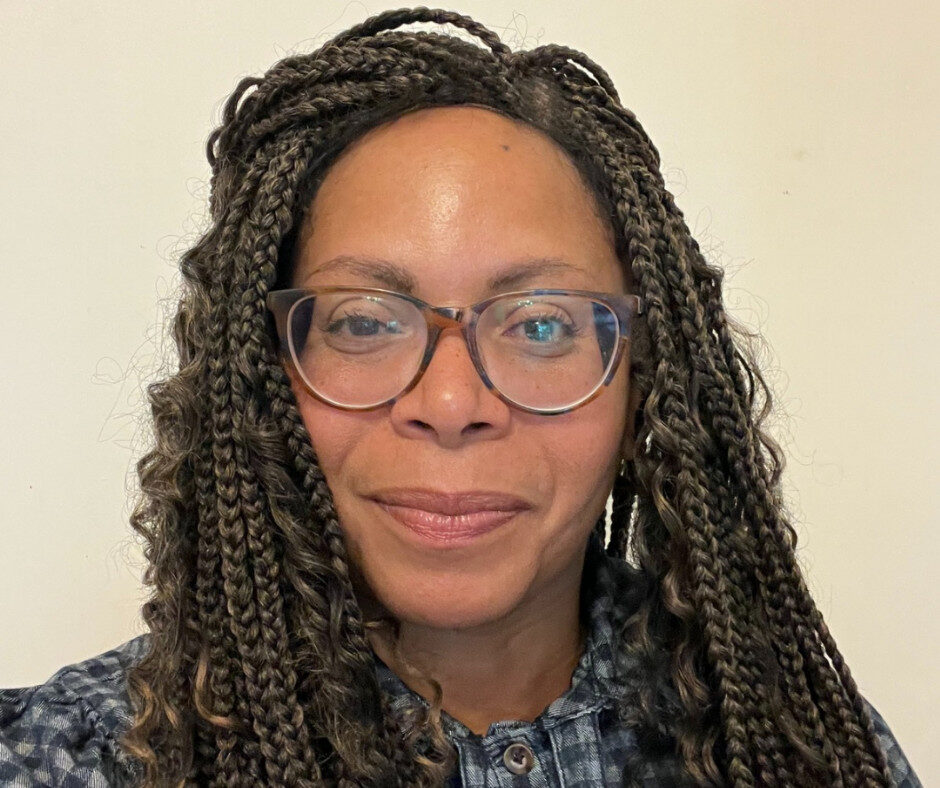Introducing Michelle Thomas, our new Public Relations Lead! A lifelong fan of Silent Cinema and Slapstick Comedy, we’re excited that Michelle is joining the festival team, bringing years of experience and expertise to spreading our celebration of the Golden Age of Cinema further. Read more about Michelle’s passion for Slapstick in the piece below.
When did I first realise that once upon a time, all films were silent?
Was it Singin’ in the Rain that first opened that door? (Not a silent film, of course, but one set during the chaotic dawn of the talkies, when sound threatened to sink the careers of stars like poor Lina Lamont. I love that film, but I do have a lot of sympathy for Lina, though that’s a conversation for another time.) Or maybe it was Steamboat Willie. Or Buster Keaton, whose stone-faced chaos captivated me long before I knew his name. Or maybe Laurel and Hardy, who blurred the line between sound and silence as naturally as they did between grace and slapstick.
I’m not entirely sure what the first spark was, but I do know this: silent cinema still holds an enormous appeal. There’s something timeless about it. Especially slapstick. Without the barrier of language, these films travel across borders and generations. There’s a reason Mr. Bean is beloved in Japan; it’s the same reason audiences a century ago roared with laughter at Chaplin’s antics. Physical comedy speaks to something primal, something human.
For me, silent film represents the purest expression of cinema. Stripped of dialogue, it relies on visual storytelling: gesture, rhythm, timing. And perhaps that’s why so many modern filmmakers keep returning to it. Think of Up’s wordless prologue, which breaks hearts in less than ten minutes, or Buffy the Vampire Slayer’s haunting episode “Hush,” where silence amplifies meaning rather than diminishing it.
My love for silent film grew in the dark of the BFI’s Silent Sundays, where I once spent a month watching D. W. Griffith’s entire oeuvre – with mixed feelings, admittedly. But the power of silent cinema to provoke, entertain, and challenge was undeniable. And my first experience of the Slapstick Festival in 2009 was another reminder that these films aren’t museum pieces, they’re living, breathing experiences that can still fill a room with laughter and joy.
Which is why I’m absolutely thrilled to be joining the team for the 2026 Slapstick Festival. To return to Slapstick not just as a fan, but as part of the team, is a real privilege. This festival is about more than nostalgia. It’s about celebrating creativity, invention, and the joy of laughter in its most universal form.
See you in the front row.

Michelle Thomas